The Chemistry of Life
1.2 – Themes and Concepts of Biology
Biology is the science that studies life, but what exactly is life? This may sound like a silly question with an obvious response, but it is not always easy to define life. For example, a branch of biology called virology studies viruses, which exhibit some of the characteristics of living entities but lack others. Although viruses can attack living organisms, cause diseases, and even reproduce, they do not meet the criteria that biologists use to define life. Consequently, virologists are not biologists, strictly speaking. Similarly, some biologists study the early molecular evolution that gave rise to life. Since the events that preceded life are not biological events, these scientists are also excluded from biology in the strict sense of the term.
From its earliest beginnings, biology has wrestled with three questions: What are the shared properties that make something “alive”? Once we know something is alive, how do we find meaningful levels of organization in its structure? Finally, when faced with the remarkable diversity of life, how do we organize the different kinds of organisms so that we can better understand them? As scientists discover new organisms every day, biologists continue to seek answers to these and other questions.
Properties of Life
All living organisms share several key characteristics or functions: order, sensitivity or response to the environment, reproduction, adaptation, growth and development, regulation, homeostasis, energy processing, and evolution. When viewed together, these nine characteristics serve to define life.
Order
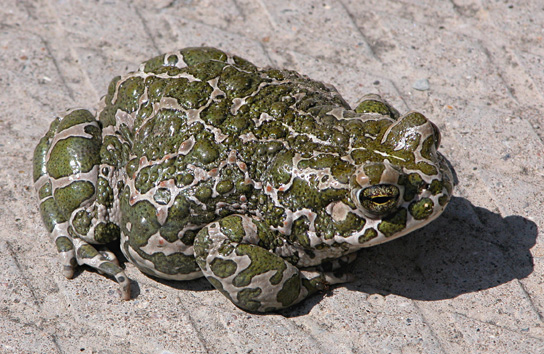
Organisms are highly organized, coordinated structures that consist of one or more cells. Even very simple, single-celled organisms are remarkably complex: inside each cell, atoms comprise molecules. These in turn comprise cell organelles and other cellular inclusions. In multicellular organisms , similar cells form tissues. Tissues, in turn, collaborate to create organs (body structures with a distinct function). Organs work together to form organ systems.
Sensitivity or Response to Stimuli

Organisms respond to diverse stimuli. For example, plants can bend toward a source of light, climb on fences and walls, or respond to touch. Even tiny bacteria can move toward or away from chemicals (a process called chemotaxis) or light (phototaxis). Movement toward a stimulus is a positive response, while movement away from a stimulus is a negative response.
Link to Learning
Watch this video to see how plants respond to a stimulus—from opening to light, to wrapping a tendril around a branch, to capturing prey.
Reproduction
Single-celled organisms reproduce by first duplicating their DNA, and then dividing it equally as the cell prepares to divide to form two new cells. Multicellular organisms often produce specialized reproductive germline, gamete, oocyte, and sperm cells. After fertilization (the fusion of an oocyte and a sperm cell), a new individual develops. When reproduction occurs, DNA containing genes are passed along to an organism’s offspring. These genes ensure that the offspring will belong to the same species and will have similar characteristics, such as size and shape.
Growth and Development
Organisms grow and develop as a result of genes providing specific instructions that will direct cellular growth and development. This ensures that a species’ young will grow up to exhibit many of the same characteristics as its parents.
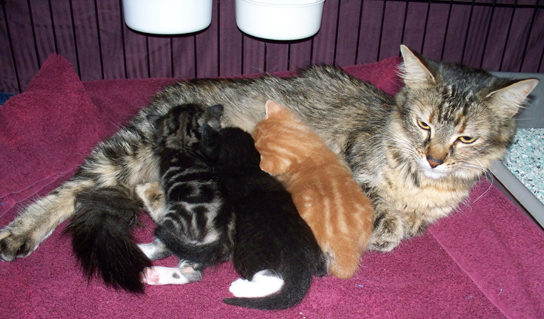
Regulation
Even the smallest organisms are complex and require multiple regulatory mechanisms to coordinate internal functions, respond to stimuli, and cope with environmental stresses. Two examples of internal functions regulated in an organism are nutrient transport and blood flow. Organs (groups of tissues working together) perform specific functions, such as carrying oxygen throughout the body, removing wastes, delivering nutrients to every cell, and cooling the body.
Homeostasis
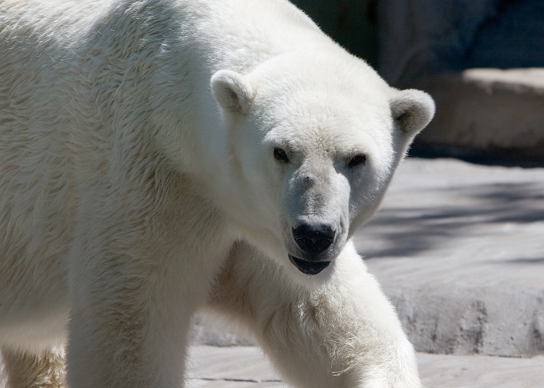
In order to function properly, cells require appropriate conditions such as proper temperature, pH, and appropriate concentration of diverse chemicals. These conditions may, however, change from one moment to the next. Organisms are able to maintain internal conditions within a narrow range almost constantly, despite environmental changes, through homeostasis (literally, “steady state”). For example, an organism needs to regulate body temperature through the thermoregulation process. Organisms that live in cold climates, such as the polar bear , have body structures that help them withstand low temperatures and conserve body heat. Structures that aid in this type of insulation include fur, feathers, blubber, and fat. In hot climates, organisms have methods (such as perspiration in humans or panting in dogs) that help them to shed excess body heat.
Energy Processing
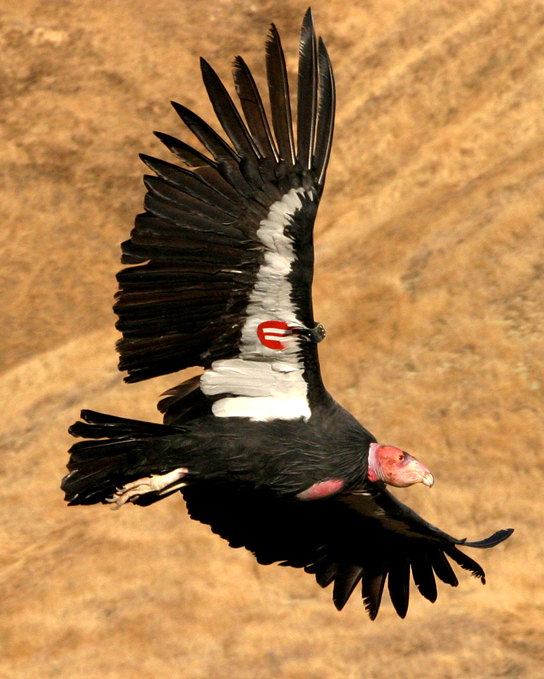
All organisms use a source of energy for their metabolic activities. Some organisms capture energy from the sun and convert it into chemical energy in food. Others use chemical energy in molecules they take in as food .
Levels of Organization of Living Things
Living things are highly organized and structured, following a hierarchy that we can examine on a scale from small to large. The atom is the smallest and most fundamental unit of matter. It consists of a nucleus surrounded by electrons. Atoms form molecules. A molecule is a chemical structure consisting of at least two atoms held together by one or more chemical bonds. Many molecules that are biologically important are macromolecules, large molecules that are typically formed by polymerization (a polymer is a large molecule that is made by combining smaller units called monomers, which are simpler than macromolecules). An example of a macromolecule is deoxyribonucleic acid (DNA) , which contains the instructions for the structure and functioning of all living organisms.
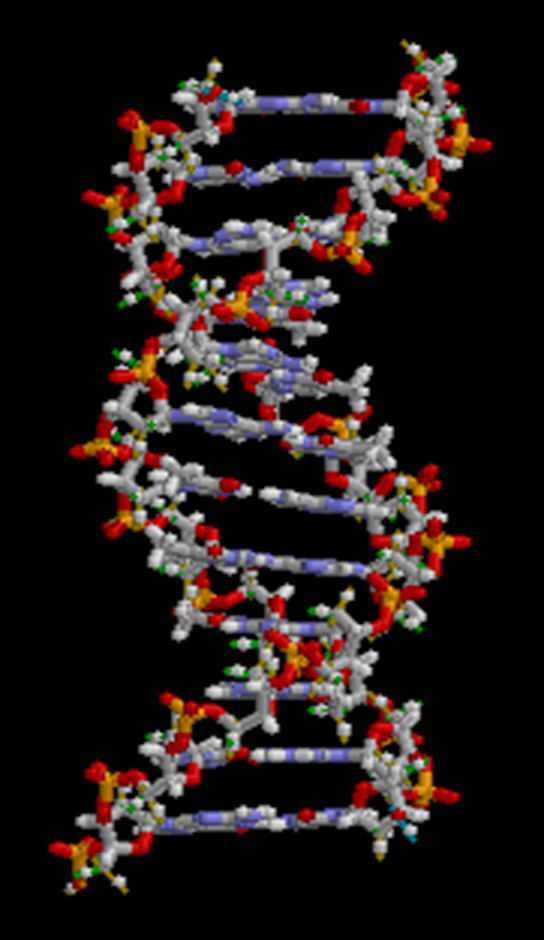
Link to Learning
Watch this video that animates the three-dimensional structure of the DNA molecule in (Figure).
Some cells contain aggregates of macromolecules surrounded by membranes. We call these organelles. Organelles are small structures that exist within cells. Examples of organelles include mitochondria and chloroplasts, which carry out indispensable functions: mitochondria produce energy to power the cell, while chloroplasts enable green plants to utilize the energy in sunlight to make sugars. All living things are made of cells. The cell itself is the smallest fundamental unit of structure and function in living organisms. (This requirement is why scientists do not consider viruses living: they are not made of cells. To make new viruses, they have to invade and hijack the reproductive mechanism of a living cell. Only then can they obtain the materials they need to reproduce.) Some organisms consist of a single cell and others are multicellular. Scientists classify cells as prokaryotic or eukaryotic. Prokaryotes are single-celled or colonial organisms that do not have membrane-bound nuclei. In contrast, the cells of eukaryotes do have membrane-bound organelles and a membrane-bound nucleus.
In larger organisms, cells combine to make tissues, which are groups of similar cells carrying out similar or related functions. Organs are collections of tissues grouped together performing a common function. Organs are present not only in animals but also in plants. An organ system is a higher level of organization that consists of functionally related organs. Mammals have many organ systems. For instance, the circulatory system transports blood through the body and to and from the lungs. It includes organs such as the heart and blood vessels. Organisms are individual living entities. For example, each tree in a forest is an organism. Single-celled prokaryotes and single-celled eukaryotes are also organisms, which biologists typically call microorganisms.
Biologists collectively call all the individuals of a species living within a specific area a population. For example, a forest may include many pine trees, which represent the population of pine trees in this forest. Different populations may live in the same specific area. For example, the forest with the pine trees includes populations of flowering plants, insects, and microbial populations. A community is the sum of populations inhabiting a particular area. For instance, all of the trees, flowers, insects, and other populations in a forest form the forest’s community. The forest itself is an ecosystem. An ecosystem consists of all the living things in a particular area together with the abiotic, nonliving parts of that environment such as nitrogen in the soil or rain water. At the highest level of organization , the biosphere is the collection of all ecosystems, and it represents the zones of life on Earth. It includes land, water, and even the atmosphere to a certain extent.
Visual Connection
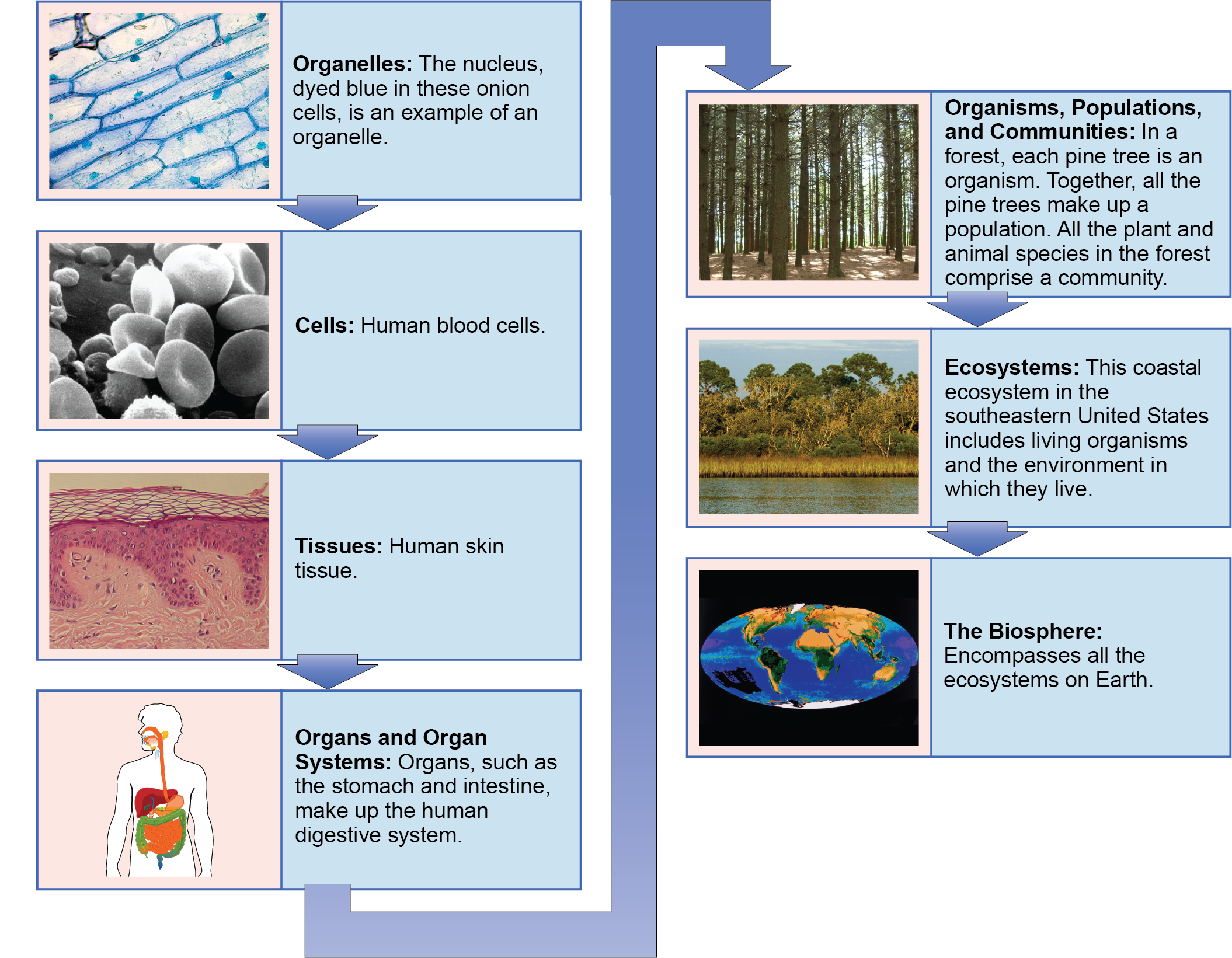
Which of the following statements is false?
- Tissues exist within organs which exist within organ systems.
- Communities exist within populations which exist within ecosystems.
- Organelles exist within cells which exist within tissues.
- Communities exist within ecosystems which exist in the biosphere.
The Diversity of Life
The fact that biology, as a science, has such a broad scope has to do with the tremendous diversity of life on earth. The source of this diversity is evolution, the process of gradual change during which new species arise from older species. Evolutionary biologists study the evolution of living things in everything from the microscopic world to ecosystems.
A phylogenetic tree can summarize the evolution of various life forms on Earth. It is a diagram showing the evolutionary relationships among biological species based on similarities and differences in genetic or physical traits or both. Nodes and branches comprise a phylogenetic tree. The internal nodes represent ancestors and are points in evolution when, based on scientific evidence, researchers believe an ancestor has diverged to form two new species. The length of each branch is proportional to the time elapsed since the split.
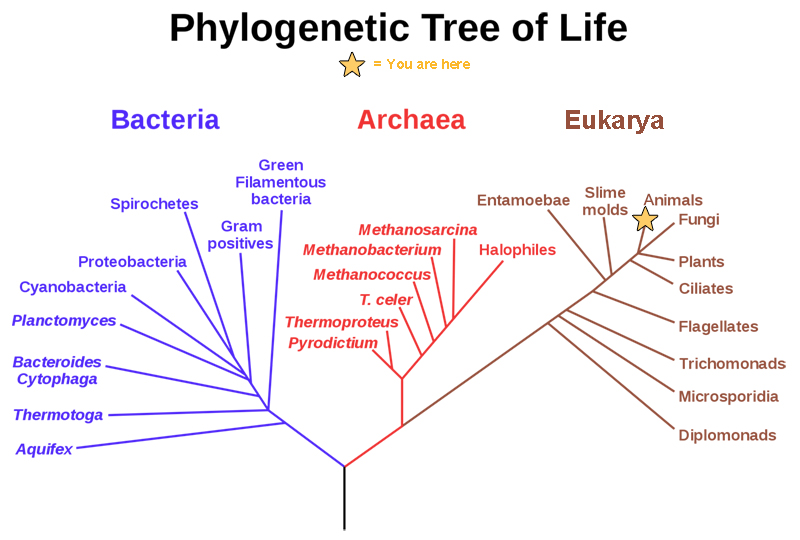
Evolution Connection
Carl Woese and the Phylogenetic TreeIn the past, biologists grouped living organisms into five kingdoms: animals, plants, fungi, protists, and bacteria. They based the organizational scheme mainly on physical features, as opposed to physiology, biochemistry, or molecular biology, all of which modern systematics use. American microbiologist Carl Woese’s pioneering work in the early 1970s has shown, however, that life on Earth has evolved along three lineages, now called domains—Bacteria, Archaea, and Eukarya. The first two are prokaryotic cells with microbes that lack membrane-enclosed nuclei and organelles. The third domain contains the eukaryotes and includes unicellular microorganisms (protists), together with the three remaining kingdoms (fungi, plants, and animals). Woese defined Archaea as a new domain, and this resulted in a new taxonomic tree. Many organisms belonging to the Archaea domain live under extreme conditions and are called extremophiles. To construct his tree, Woese used genetic relationships rather than similarities based on morphology (shape).
Woese constructed his tree from universally distributed comparative gene sequencing that are present in every organism, and conserved (meaning that these genes have remained essentially unchanged throughout evolution). Woese’s approach was revolutionary because comparing physical features are insufficient to differentiate between the prokaryotes that appear fairly similar in spite of their tremendous biochemical diversity and genetic variability. Comparing homologous DNA and RNA sequences provided Woese with a sensitive device that revealed the extensive variability of prokaryotes, and which justified separating the prokaryotes into two domains: bacteria and archaea.
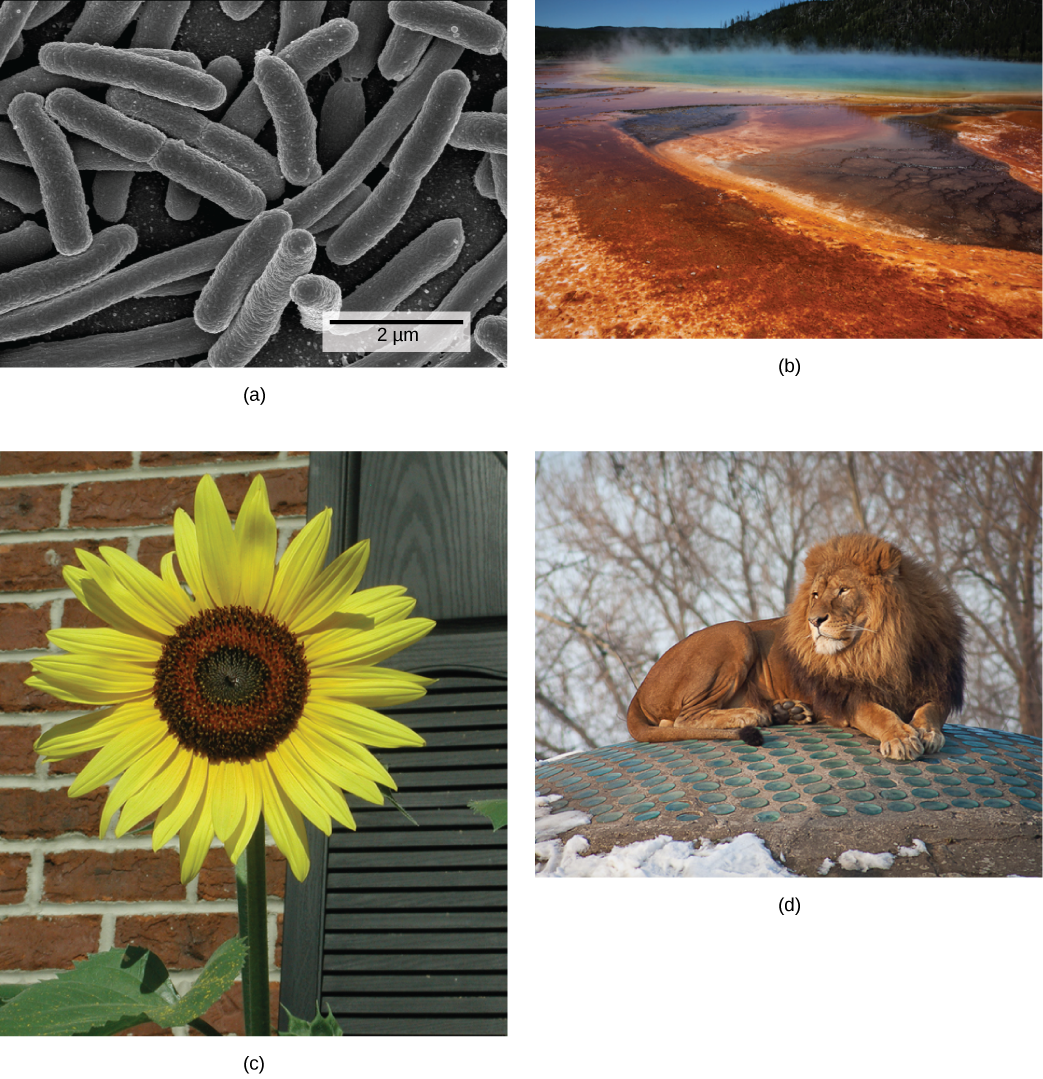
Branches of Biological Study
The scope of biology is broad and therefore contains many branches and subdisciplines. Biologists may pursue one of those subdisciplines and work in a more focused field. For instance, molecular biology and biochemistry study biological processes at the molecular and chemical level, including interactions among molecules such as DNA, RNA, and proteins, as well as the way they are regulated. Microbiology, the study of microorganisms, is the study of the structure and function of single-celled organisms. It is quite a broad branch itself, and depending on the subject of study, there are also microbial physiologists, ecologists, and geneticists, among others.
Career Connection
Forensic ScientistForensic science is the application of science to answer questions related to the law. Biologists as well as chemists and biochemists can be forensic scientists. Forensic scientists provide scientific evidence for use in courts, and their job involves examining trace materials associated with crimes. Interest in forensic science has increased in the last few years, possibly because of popular television shows that feature forensic scientists on the job. Also, developing molecular techniques and establishing DNA databases have expanded the types of work that forensic scientists can do. Their job activities are primarily related to crimes against people such as murder, rape, and assault. Their work involves analyzing samples such as hair, blood, and other body fluids and also processing DNA found in many different environments and materials. Forensic scientists also analyze other biological evidence left at crime scenes, such as insect larvae or pollen grains. Students who want to pursue careers in forensic science will most likely have to take chemistry and biology courses as well as some intensive math courses.
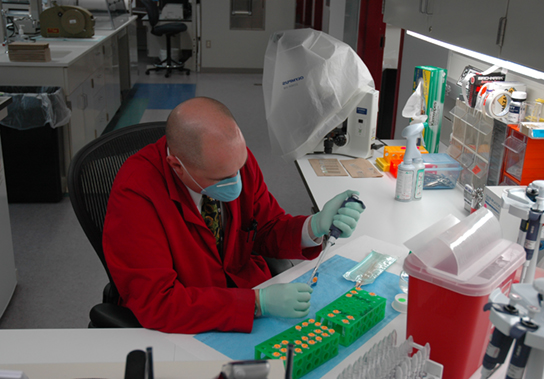
Another field of biological study, neurobiology, studies the biology of the nervous system, and although it is a branch of biology, it is also an interdisciplinary field of study known as neuroscience. Because of its interdisciplinary nature, this subdiscipline studies different nervous system functions using molecular, cellular, developmental, medical, and computational approaches.
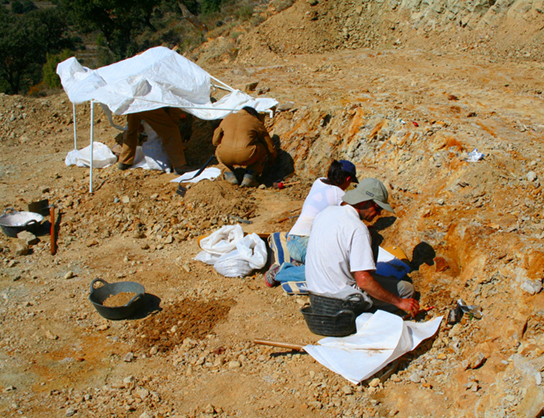
Paleontology, another branch of biology, uses fossils to study life’s history. Zoology and botany are the study of animals and plants, respectively. Biologists can also specialize as biotechnologists, ecologists, or physiologists, to name just a few areas. This is just a small sample of the many fields that biologists can pursue.
Biology is the culmination of the achievements of the natural sciences from their inception to today. Excitingly, it is the cradle of emerging sciences, such as the biology of brain activity, genetic engineering of custom organisms, and the biology of evolution that uses the laboratory tools of molecular biology to retrace the earliest stages of life on Earth. A scan of news headlines—whether reporting on immunizations, a newly discovered species, sports doping, or a genetically-modified food—demonstrates the way biology is active in and important to our everyday world.
Section Summary
Biology is the science of life. All living organisms share several key properties such as order, sensitivity or response to stimuli, reproduction, growth and development, regulation, homeostasis, and energy processing. Living things are highly organized parts of a hierarchy that includes atoms, molecules, organelles, cells, tissues, organs, and organ systems. In turn, biologists group organisms as populations, communities, ecosystems, and the biosphere. The great diversity of life today evolved from less-diverse ancestral organisms over billions of years. We can use a phylogenetic tree to show evolutionary relationships among organisms.
Biology is very broad and includes many branches and subdisciplines. Examples include molecular biology, microbiology, neurobiology, zoology, and botany, among others.
Glossary
- atom
- smallest and most fundamental unit of matter
- biochemistry
- study of the chemistry of biological organisms
- biosphere
- collection of all the ecosystems on Earth
- botany
- study of plants
- cell
- smallest fundamental unit of structure and function in living things
- community
- set of populations inhabiting a particular area
- ecosystem
- all the living things in a particular area together with the abiotic, nonliving parts of that environment
- eukaryote
- organism with cells that have nuclei and membrane-bound organelles
- evolution
- process of gradual change during which new species arise from older species and some species become extinct
- homeostasis
- ability of an organism to maintain constant internal conditions
- macromolecule
- large molecule, typically formed by the joining of smaller molecules
- microbiology
- study of the structure and function of microorganisms
- molecule
- chemical structure consisting of at least two atoms held together by one or more chemical bonds
- molecular biology
- study of biological processes and their regulation at the molecular level, including interactions among molecules such as DNA, RNA, and proteins
- neurobiology
- study of the biology of the nervous system
- organ
- collection of related tissues grouped together performing a common function
- organ system
- level of organization that consists of functionally related interacting organs
- organelle
- small structures that exist within cells and carry out cellular functions
- organism
- individual living entity
- paleontology
- study of life’s history by means of fossils
- phylogenetic tree
- diagram showing the evolutionary relationships among various biological species based on similarities and differences in genetic or physical traits or both; in essence, a hypothesis concerning evolutionary connections
- population
- all of the individuals of a species living within a specific area
- prokaryote
- single-celled organism that lacks organelles and does not have nuclei surrounded by a nuclear membrane
- tissue
- group of similar cells carrying out related functions
- zoology
- study of animals

